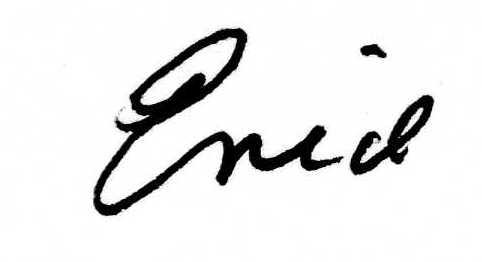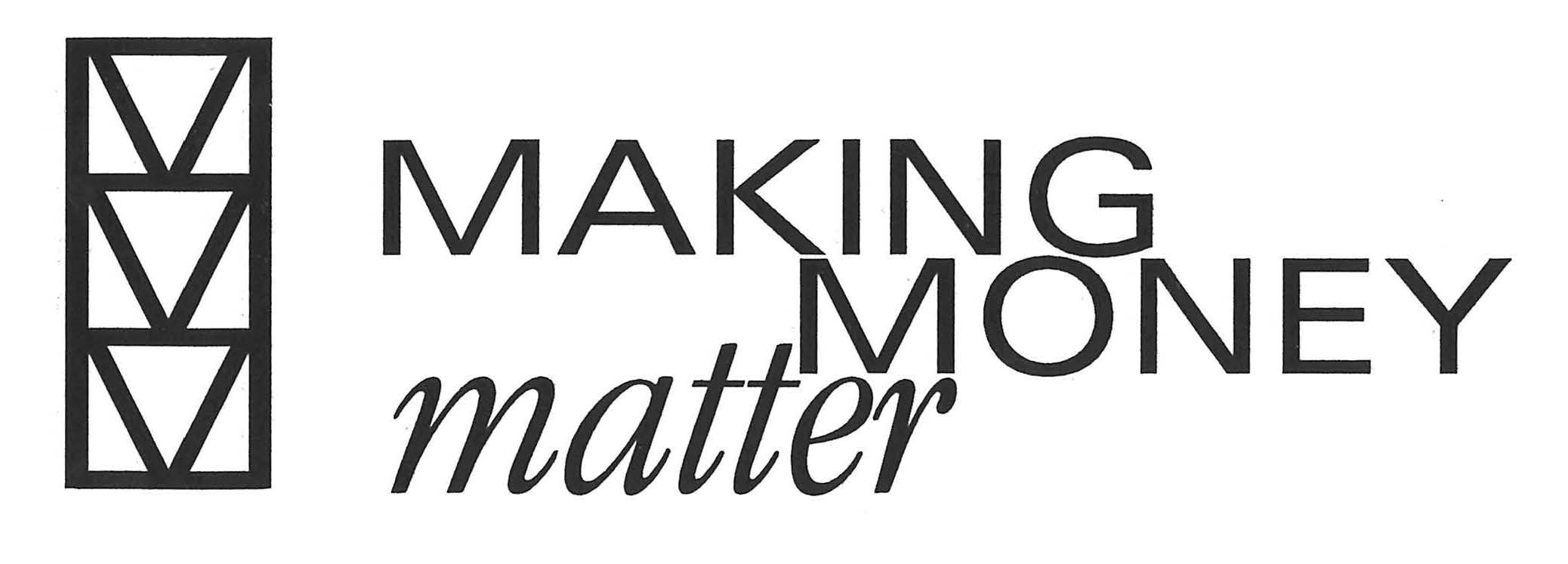On May 1, 2015, an iconic fundraising event was retired.
As a child of the 50’s growing up in New York, the memory of the first Muscular Dystrophy Association’s Carnegie Hall telethon is still vivid (in black in white.) By the 60’s, the Labor Day weekend event was embedded in the culture, with Jerry Lewis branding the telethon and serving as National Chairman.
In the 70’s, a bedraggled Jerry, after 21 hours, would loosen his tuxedo tie (by then they were broadcasting a star-studded cast from Las Vegas) and sing “You’ll Never Walk Alone.” It was a tearjerker and it worked.
Kids would plan summer events to raise money by setting up lemonade stands, creating art projects to sell, putting on a neighborhood puppet show, even setting up a block party carnival to raise money for “Jerry’s Kids.” It was exciting to call in, make a pledge and await the fanfare as the tote board was manually, then electronically changed to reveal the new tally of donations.
Fast forward to 2011. Jerry Lewis abruptly retires as host of the big event in a cloud of speculation. It seemed that his departure may not have entirely been his decision.
Over the next three years, there were other major changes. The telethon format was truncated, first to six hours, then three, then two hours billed as an entertainment special and rebranded as the MDA Show of Strength. In addition to calling in, texting pledges and donating on the website were part of the strategy.
Despite the fact that the telethons collectively had raised $2.45 billion, on May 1, 2015, quietly and without fanfare announced that they would discontinue the historic annual event. An MDA official was quoted as saying that the telethon format “doesn’t fit into a 140-character world.”
The decision marks the end of an era.
It is true: things change.
For example, disability isn’t viewed as it once was. Disability is part of the continuum of the human condition with fund-raising efforts focused on individual and family strength and supports. The charge is to improve quality of life in addition to treatments and potential medical discoveries. Today’s message is more about integration and inclusion.
And some would say that yesterday’s telethon has morphed into today’s crowdfunding.
Individuals can use commercial websites to post their problem, issue or cause, create their marketing piece and collect direct donations from people who are sympathetic. The sites forward the funds to you, after taking their fee.
Donate Now buttons and on-line Giving Days can create the sense of urgency and a call to action
Tweets, posts, videos and the power of social networks can make fundraising go “viral.” It can motivate individuals to respond to appeals and build networks of people to join them. The recent “ice-bucket” videos that started with a single family and attracted celebrity selfies ultimately raised over $100 million for the ALS Foundation.
Yet one wonders how many people who participated knew the purpose of the organization and how many will choose to give to the ALS Foundation in the future.
In early attempts to build social networks as effective fundraising strategy by non-profits, only 2% of nonprofits raised between $10k and $25k and only 1% raised between $25k and $100k in a 12 month period, according to Blackbaud. a fundraising software company,
However, when advocacy is combined with fundraising as is the case when individuals and volunteers are directly involved, the results are quite different. People give to people.
Not surprisingly, there’s a generational difference tied to how much time people spend on-line. Millennials respond far more to social network appeals than those of the telethon era. Yet it would seem, a common thread in telethons and viral crowdfunding is often celebrity advocacy.
The techniques of fundraising may be changing but giving is still a personal decision based on a donor’s motivations to give. And, giving, especially sustained giving, usually happens when somebody asks.
Nostalgia is a luxury and the good old days probably weren’t that great in hindsight. If truth be told, today’s donors are presented with far more choices in their philanthropy and perhaps more satisfaction.
But there are lessons to be learned from those who came before. Hats off to Jerry Lewis, a dedicated and effective volunteer who sustained his philanthropic commitment for more than 50 years, raised billions of dollars, and taught multiple generations a thing or two about giving. Now that’s a legacy.
Enid M. Ablowitz, CFRE, CSPG, is a veteran advancement professional, author and consultant who is dedicated to educating and guiding donors and non-profit organizations on the art and science of strategic philanthropy.
Originally published by the Boulder Daily Camera on June 28, 2015
‘Til next time — Give Well, Give for Good.


